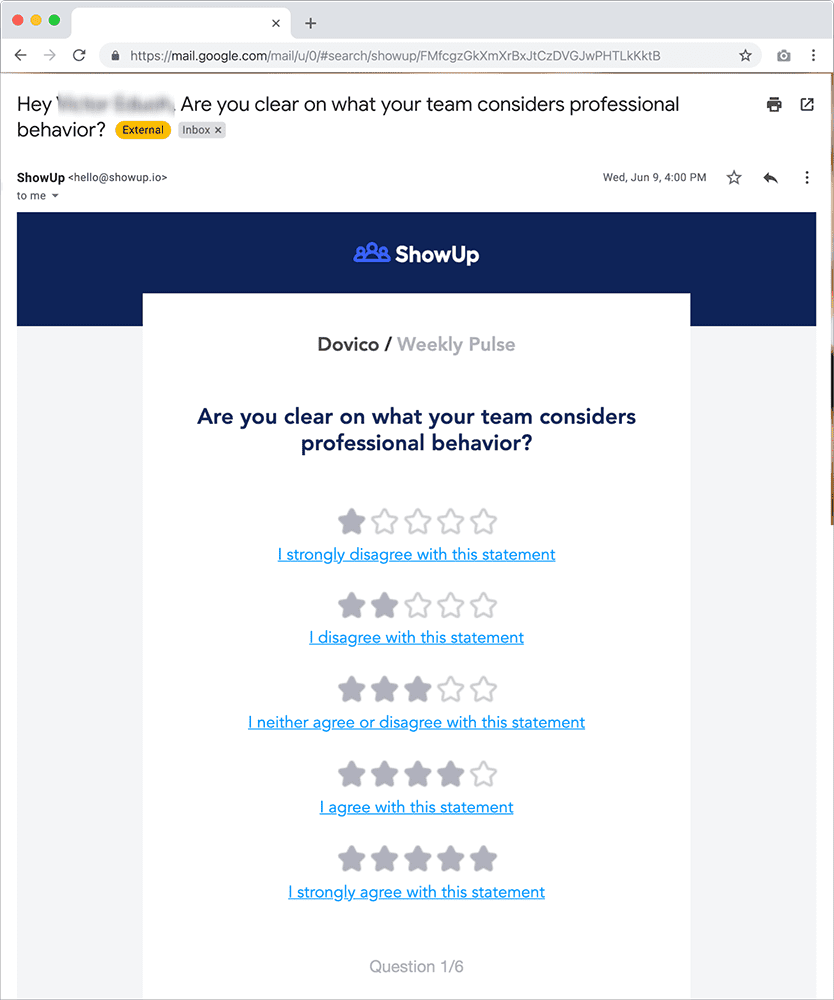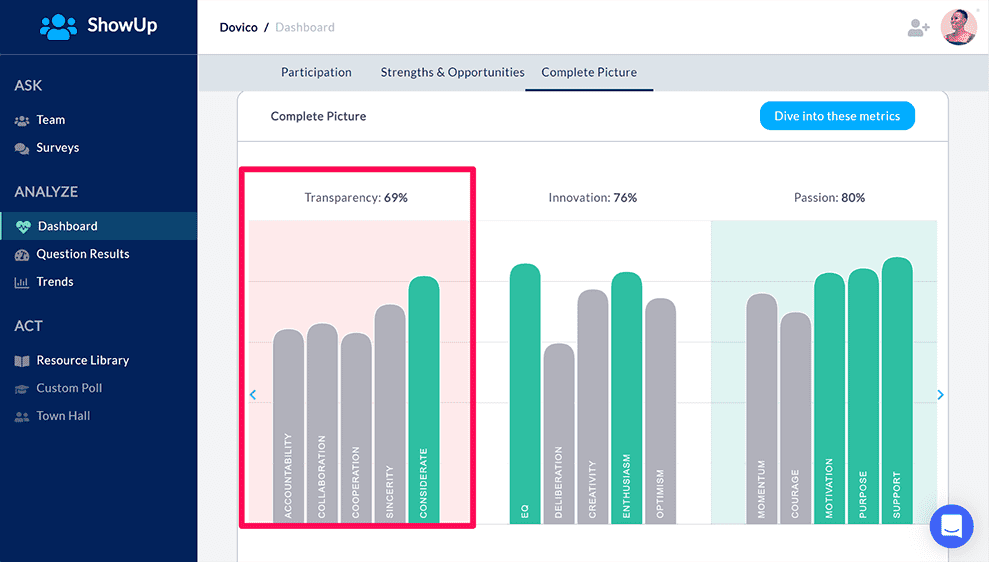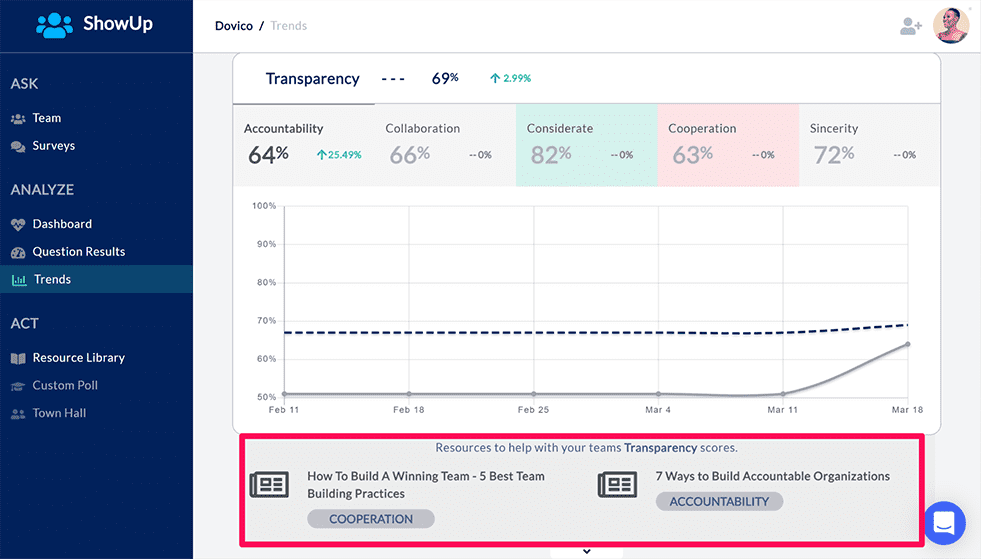Minimizing Toxic Workplace Behaviors: 5 Steps for Managers
In March 1963, something horrible happened in Queens, New York.
Kitty Genovese was on her way home from work. Close to her rented apartment, she got attacked, stabbed three times, and later died in cold blood. While all these happened, about 37 people looked on without dialing 911.
The inaction of those 37 people who made no effort to call cops birthed what we now know as the “bystander effect.” Reports say they all stood there, waiting and hoping the next person would act.
I bring up this tragic story for a reason.
And here’s the reason: This “bystander effect” has similarities to toxic workplace behaviors and habits that spread. Let’s call on an HBS study to explain.
Harvard Business School surveyed 60,000 employees. Out of this large sample, a whopping 80% said they lost work time fretting over a team member’s toxic behavior and thinking how to deal with it, but not really acting.
Do you now see where the similarities come in?
Often, negative behaviors start with just one employee. It then grows into a behavioral profile that spreads and infects an entire company, with everyone waiting for the next person to act. For some employees, instead of doing something about it, they’ll jump ship to another company to avoid the trouble.
As a manager, you shouldn’t stand by and let this happen.
So firstly, I commend you for initiating action by checking this article out. As your reward, we’ll explore practical steps for dealing with toxic workplace behaviors and habits.
Sounds good?
Table of Contents:
Before we dive in…
Imagine if the employees you manage had an easy, anonymous way to share their views on how fellow workers behaved.
I mean, what if you gave employees a way to voice their displeasure with the behaviors of co-workers instead of just fretting over them?
No doubt, doing this won’t be a silver bullet to solving all toxic habits,
But before those habits infect your entire company, you’ll be in a better position to identify and deal with them. In short, besides spotting negative behaviors, a Forbes research observed when employees feel their voices are heard, they are 4.6 times more likely to do their best work.
In other words, giving employees a voice can help you identify and curb toxic behaviors. It can also enhance your employees’ performance.
And that’s where ShowUp, an anonymous team pulse survey tool for giving employees a voice, comes in.
Give Employees a Voice. Spot and Deal with Toxic Behaviors Earlier.
What Constitutes Workplace Behaviors and Habits?
My favorite definition of workplace behavior is by Tigran Ghalumyan of LSBC, rephrased as follows:
Workplace behaviors are a significant aspect of Human Behavior. It constitutes an individual’s entire communication towards all other members of the workplace. This encompasses both verbal and non-verbal communication processes.
In other words, workplace behaviors constitute both verbal and non-verbal habits and attitudes employees have towards colleagues and managers.
All these should draw from your company’s culture.
Boris Groysberg agrees. Alongside other subject matter experts, Boris observed this in a report for the Harvard Business Review:
Culture is the tacit social order of an organization: It shapes attitudes and behaviors in wide-ranging and durable ways. Cultural norms define what is encouraged, discouraged, accepted, or rejected within a group.
As a manager, here’s what all this tells you.
To build better workplace behaviors, start by nailing your company culture. Prioritize doing this because it defines the norms, habits, and behaviors accepted within your organization.
With a defined culture, spotting counterproductive behaviors becomes easier. But in this context, what exactly is counterproductive behavior?
Let’s see.
What Defines Counterproductive Workplace Behaviors?
Counterproductive workplace behaviors are habits and attitudes not accepted within an organization. Typically, those outside the norms outlined in your workplace culture. These negative behaviors undermine the interests and goals of your organization and strays away from the company culture.
Some of them include:
- Aggressiveness or hostility
- Rudeness, bullying, and acts of disrespect towards co-workers and clients
- Unconstructive criticism or resistance to change
- Statements or actions undermining team motivation towards achieving company goals, and
- A lack of being accountable or taking responsibility.
As a manager, you must tackle these negative behaviors with proactive, consistent action-taking.
Indira Jerez observed why in a report for Forbes:
An employee looks to their manager for dependability. Managers who are inconsistent activate fear in their teams. When employees are left to wonder whether or not they can count on their manager, they begin to feel off-balance, and this can quickly diminish morale.
Let’s rephrase what Indira said in that quote.
Employees are looking up to you, their manager, to tackle issues leading to counterproductive behaviors. So it’s vital to always know if they understand what your company defines as acceptable behaviors.
And that’s where automated team pulse survey software can also help:

Automatically Ask & Analyze If Employees Understand Acceptable Behaviors.
5 Steps for Managers to Build Appropriate Workplace Behaviors?
Ryan Pendell, in a report for Gallup, said:
In nearly every dimension of business success, the manager makes the difference. From diversity and inclusion to productivity and retention, the manager plays a singular role in the life of an employee.
Appropriate workplace behavior is no exception.
As Ryan observed, managers play a huge role in outlining, articulating, implementing, and enforcing acceptable behaviors across the organization.
Here are four steps to help you do just that.
1. Articulate Culture Norms Pertinent to Behaviors
The culture of your organization has a direct influence on how employees behave and perform. Similarly, employee behavior contributes to the cumulative culture your company gets known for overtime.
In other words, culture and behavior go hand-in-hand.
One cannot exist without the other. So begin your quest of building appropriate behaviors at work by articulating your company’s cultural norms relevant to acceptable habits or behaviors.
Professor of Psychology at the University of Pennsylvania, Howard Stevenson, observed this when he said:
“Maintaining an effective culture is so important that it, in fact, trumps even strategy.”
So to build better habits or behaviors at work, start by articulating and maintaining your organization’s cultural norms pertinent to acceptable behaviors.
In other words, develop a Culture Index.
Doing this will help your organization hire only the most suitable employees, as explained by Tim Dimoff in an article for Cose:
The hiring manager simply answers a bunch of questions about what kind of person would be well suited for the position and then Culture Index creates a template of which behavioral profile the ideal candidate would have.
2. Model Acceptable Workplace Behaviors
For a moment, think about when you were an infant.
How did you learn to differentiate your mom and dad from others? How did you learn to behave in the first six months? And was there ever a time when your mom or dad told you to behave this way or that way?
Chances are, they never did.
You learned to behave by observing and watching them act in certain ways.
The same principle applies to managers who want employees to behave in specific ways acceptable in an organization. You don’t necessarily have to tell employees, especially new ones, how to behave.
Instead, become consistent in modeling the behaviors and habits you expect of them, and they’ll be more likely to behave accordingly.
Indira Jerez highlighted this in a report for Forbes when she said:
Observing consistency of behavior produces feelings of safety for most people. An employee looks to their manager for dependability. Managers who are inconsistent activate fear in their teams. When employees are left to wonder whether or not they can count on their manager, they begin to feel off-balance, and this can quickly diminish morale.
3. Listen to Employees to Detect Issues Early On
I started this article by talking about the “bystander effect.”
Just to remind you, it’s a situation where people stand still, hoping the next person will act. In the context of workplace behaviors, it’s the tendency for everyone to get carried away looking at something going wrong without moving an inch. You can imagine the extent of damage this can lead to.
To avoid this, make it easier for employees to share their opinions.
And that implies listening to employees, so you can detect when counterproductive behaviors begin to spring up. But besides helping to detect negative behaviors early on, Ryan Pendell shared other things managers stand to get.
When a manager takes an employee's opinion seriously and acts on it, that employee feels respected, connected, and committed to the team. And, of course, a good idea improves outcomes for everyone else.
Here’s how to give your employees a voice, so you detect negative behaviors early with a team pulse survey software like ShowUp.
It’s easy for managers like you to get carried away and forget to ask. So ShowUp automates the process of asking through surveys like this:

These surveys go out straight to your employees’ email inbox weekly or bi-weekly. ShowUp analyzes the data into your dashboard with areas you should attend to highlighted.
Like this:

4. Act on Negative Behaviors Before They Spread
According to this study by Ten Spot, negative workplace experiences are more common than ever. A whopping 70% of respondents in the survey said they had experienced some form of discrimination or abusive behavior at work.
On the surface, you won’t identify these issues.
But by surveying employees regularly, which you can do weekly or bi-weekly with ShowUp, you increase your chances of spotting behaviors not acceptable in your workplace.
Once you do, the next step needs no explanation: Act!
And ShowUp comes in handy for this too. It gives you readily accessible, psychologists-approved resources you can rely on to act on problems areas:

Automatically Ask, Analyze, & Act on Negative Workplace Behaviors Before It Spreads
5. Terminate the Services of Toxic Employees
Maria Minor was correct when she said this in a Forbes article:
Remember, you can't change other people; you can only change yourself. Throughout your career, you will always find annoying co-workers. The secret to dealing with them is setting boundaries and creating distance.
Your efforts to get certain employees to behave in ways acceptable to co-workers and the company may not work. Some people won’t adjust their ways, let alone change, no matter what you do.
If you find yourself in such a situation, let them go.
And that’s precisely what Mark Gonska, VP of Dise & Company, an HR Consultancy, recommended in this article:
When you terminate your problem employee, you’re actually doing him a favor. So he can move on with the rest of his life. And you and your organization can move on with yours.
Conclusion: Build Better Workplace Behaviors & Habits by Knowing Your Team’s Pulse
A crucial point I’ll love you to leave this article with is this.
In any organization, destructive behaviors don’t fall from the sky. Your management style could cause employees to become hostile or misbehave. Other times, some employees will behave in ways that disrupt team unity and don’t move the business forward.
Both cases can happen knowingly or unknowingly.
So, as a manager, it’s essential to have a way for others to help you identify behavioral loopholes early enough. Doing this enables you to address them before things degenerate into significant backslash or losses.
And that’s where tracking your team’s pulse and giving employees a voice to speak out comes in.
With ShowUp, you can automate weekly or bi-weekly surveys on matters related to workplace culture and employees’ behaviors.
ShowUp analyzes the results of these surveys straight into your dashboard. You’ll also get resources to act on problem areas:

